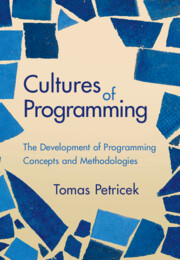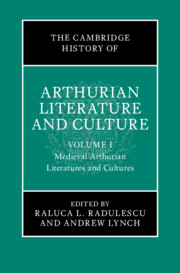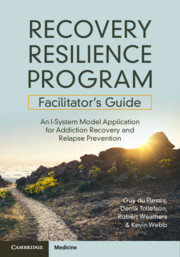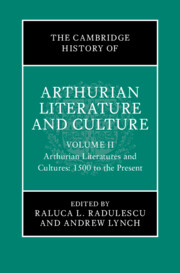Refine search
Actions for selected content:
3388121 results

Cultures of Programming
- The Development of Programming Concepts and Methodologies
- Coming soon
-
- Expected online publication date:
- December 2025
- Print publication:
- 31 December 2025
-
- Book
- Export citation

God and Truth
- An Essay on Reason and Religious Ideas
- Coming soon
-
- Expected online publication date:
- December 2025
- Print publication:
- 31 December 2025
-
- Book
- Export citation

Public Preferences, Gender, and Foreign Support for Armed Movements
- Coming soon
-
- Expected online publication date:
- December 2025
- Print publication:
- 31 December 2025
-
- Element
- Export citation

Chinese Feminisms and The Vagina Monologues
- Coming soon
-
- Expected online publication date:
- December 2025
- Print publication:
- 31 December 2025
-
- Element
- Export citation

The Cambridge History of Arthurian Literature and Culture
- Medieval Arthurian Literatures and Cultures
- Coming soon
-
- Expected online publication date:
- December 2025
- Print publication:
- 31 December 2025
-
- Book
- Export citation

Quotidian Beckett
- Art of Everyday Life
- Coming soon
-
- Expected online publication date:
- December 2025
- Print publication:
- 31 December 2025
-
- Element
- Export citation
Case Studies: Stahl's Essential Psychopharmacology
- Forensic Psychiatry
- Coming soon
-
- Expected online publication date:
- December 2025
- Print publication:
- 31 December 2025
-
- Book
- Export citation
Anne Shakespeare's Epitaph
- Coming soon
-
- Expected online publication date:
- December 2025
- Print publication:
- 01 April 2027
-
- Element
- Export citation

Recovery Resilience Program Facilitator's Guide
- An I-System Model Application for Addiction Recovery and Relapse Prevention
- Coming soon
-
- Expected online publication date:
- December 2025
- Print publication:
- 31 December 2025
-
- Book
- Export citation

The Cambridge History of Arthurian Literature and Culture
- Arthurian Literatures and Cultures: 1500 to the Present
- Coming soon
-
- Expected online publication date:
- December 2025
- Print publication:
- 31 December 2025
-
- Book
- Export citation

The Post-Managerial Era of Capitalism
- Organizational Design as the Next Innovation Frontier
- Coming soon
-
- Expected online publication date:
- December 2025
- Print publication:
- 01 April 2027
-
- Element
- Export citation
An Introduction to Public International Law
- Coming soon
-
- Expected online publication date:
- December 2025
- Print publication:
- 31 December 2025
-
- Textbook
- Export citation

Interactivity and Meta-Engagement in Digital Mystery Narratives
- Coming soon
-
- Expected online publication date:
- December 2025
- Print publication:
- 31 December 2025
-
- Element
- Export citation
Towards Tolerance and Acceptance
- Public Opinion and LGBTQ+ Politics in Latin America
- Coming soon
-
- Expected online publication date:
- December 2025
- Print publication:
- 31 December 2025
-
- Element
- Export citation

The Failures of Others
- Justifying Institutional Expansion in Comparative Public and International Law
- Coming soon
-
- Expected online publication date:
- December 2025
- Print publication:
- 31 January 2026
-
- Book
- Export citation

Veiling in the Late Antique World
- Coming soon
-
- Expected online publication date:
- December 2025
- Print publication:
- 31 December 2025
-
- Book
- Export citation

State Platform Capitalism
- The United States, China, and the Global Battle for Digital Supremacy
- Coming soon
-
- Expected online publication date:
- December 2025
- Print publication:
- 31 December 2025
-
- Element
- Export citation

A Chinese Discourse of Heritage
- Coming soon
-
- Expected online publication date:
- December 2025
- Print publication:
- 31 December 2025
-
- Element
- Export citation

Politics in a Pandemic
- Governance and Crisis Management in Southeast Asia
- Coming soon
-
- Expected online publication date:
- December 2025
- Print publication:
- 31 December 2025
-
- Element
- Export citation
Knowledge and Narrative
- Coming soon
-
- Expected online publication date:
- December 2025
- Print publication:
- 31 December 2025
-
- Element
- Export citation
